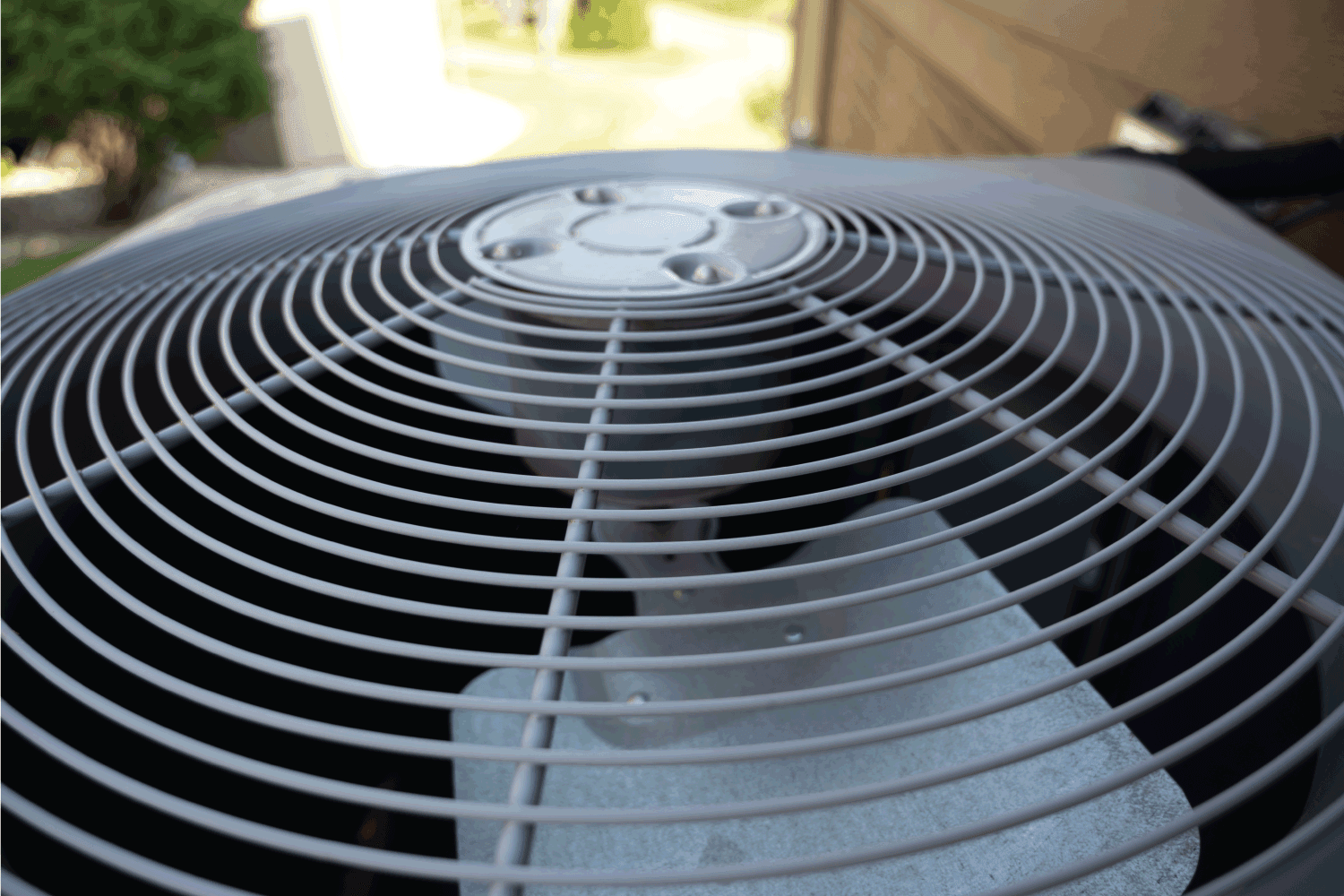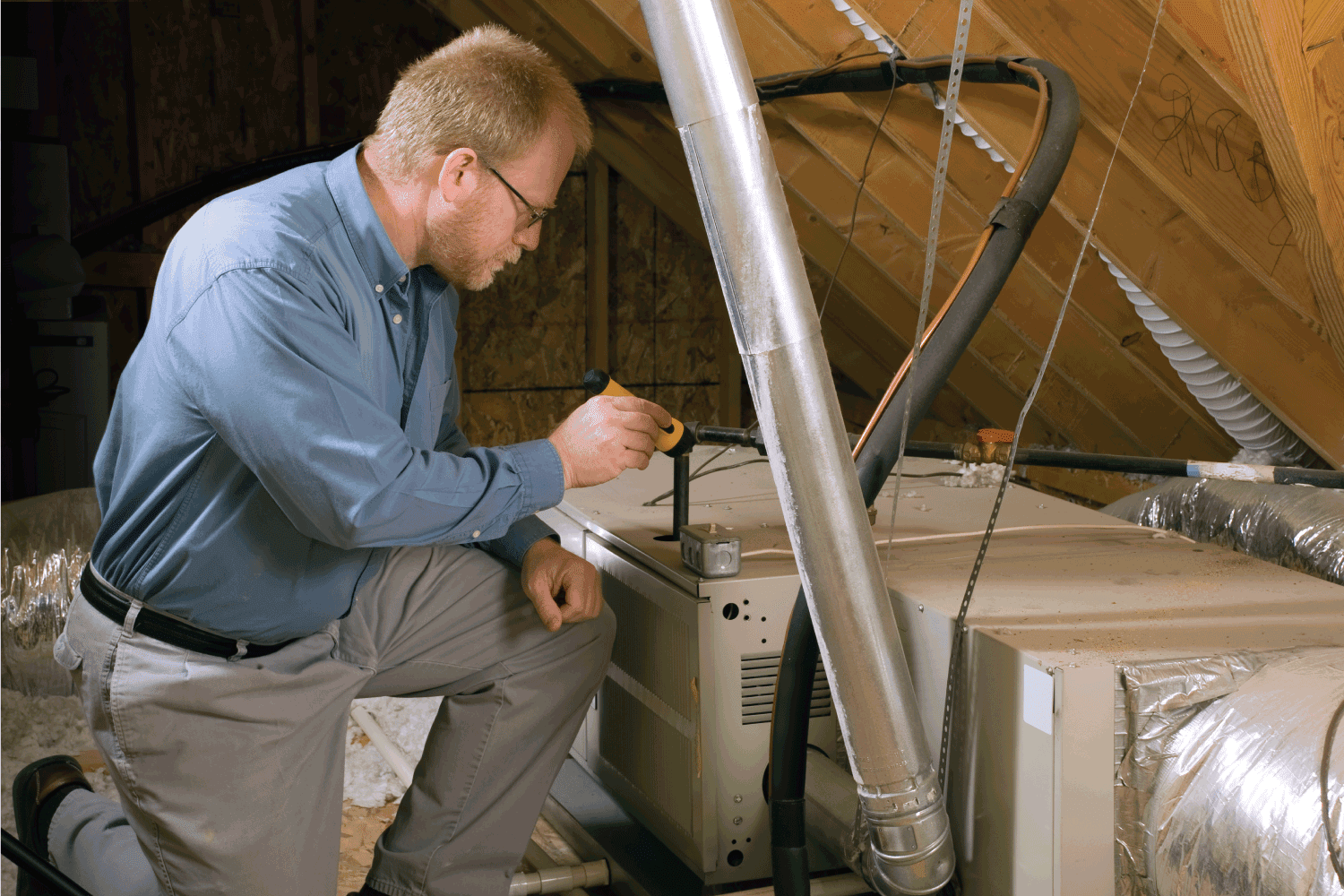A lot of knowledge goes with renting or owning a home because it seems like there are so many tips and tricks to remember. Whether you live in a hot or cold region, running your furnace is vital to keep your house at a comfortable temperature. Setting your furnace to auto and letting it kick on or off at a set temperature is a common way to run your furnace, but can a furnace run continuously? We have done the research for you on how long you can continuously run a furnace.
In short, a furnace can run for as long as needed depending on your comfort levels and budget. In addition, the furnace fan can be set to on, meaning it won't turn off until it is manually turned off. While running a furnace constantly is an option in your home and causes less stress to the fan, it isn't the most cost-effective way to heat or cool a residence. Typically a furnace will cycle 3-8 times per hour if working properly when set on auto, turning off when the set temperature is reached.
There isn't always a right or wrong way to do things when it comes to maintaining a home. However, with that being said, there are pros and cons to continuously running your furnace. In addition, there could also be bigger problems as to a furnace is continuously running, which could be a sign that a professional needs to be called. Continue reading as we talk about why your furnace is running continuously and how to diagnose it.

Is It Bad For A Furnance To Run Constantly?
If you live in a cool climate and can't bear the chilly climate, you can allow the furnace to run continuously. In the interim, if the climate isn't unreasonably cool, you can stop the furnace.
Notwithstanding it, there are not many situations when running the furnace fan continuously can end up being an off-base thought. For example, if you have ventilation work in the storage room or assume the ventilation work is cracked, running the fan continuously will be a poorly conceived notion. All things considered, in such cases, on the off chance that you let the fan run ceaselessly, it will harm the framework.

Why Is My Furnace Running Nonstop?
If your furnace is consistently on and never cycles off, there's a decent possibility it's an ideal opportunity to get some expert support. A furnace that is continually running is "short cycling." Regions that typically deliver temperatures in the low teens (and even underneath) could cause your furnace to run more than it should. If your furnace is continuously running, there could be several reasons to cause your furnace to run without shutting off.
A filthy furnace channel is the main explanation we've discovered that furnaces run nonstop. The air channel catches dust, pet hair, and trash that could harm the furnace and holds it back from getting to the warmth exchanger. On the off chance that the channel is filthy, it limits wind current across the warmth exchanger, making it overheat! As a result, the furnace goes into "cool down" mode and runs the fan nonstop.
Low Wind Current
On the off chance that your furnace continues to shut off, it very well could be because of a low wind current. There are a few aberrant issues that cause low wind current.
Grimy Air Filters
If you don't change your air channels frequently enough, the channels will get grimy and obstructed, which implies the warmth exchanger holds heat and in the end makes it overheat. You should change your air channels at regular intervals except if you have pets or sensitivities.
If your warmth exchanger doesn't get sufficient air, it can't move sufficient warmth. Then, at that point, that warmth develops and could wind up making your furnace short cycle.
Faulty Indoor Regulator
Your indoor regulator is the thing that controls your whole warming framework. Thus, if your furnace continues to kill off and on excessively fast, your indoor regulator may be failing or broken. There are a few things that could be making your indoor regulator not work as expected.
The wiring could be old and need supplanting, it may require new batteries, or it very well may be the area of your indoor regulator. On the off chance that your indoor regulator is set near a warmth source, for example, direct daylight or a warmth register, it will slant the temperature, making the indoor regulator turn on and off sporadically.
Flame Sensor
If your furnace closes off time after time, you might have a consumed or messy fire sensor. A fire sensor tells your framework there's a fire when the gas valve is open. If there isn't a fire, the sensor will close off the gas valve to hold the gas back from getting into your home. If the fire sensor is filthy or has become consumed, the fire will not enlist and will kill the gas valve, which, in turn, makes your framework shut down.
If you need more information on why your furnace keeps running you can read the article: Why Does My Furnace Keep Running?
How Long Should A Furnace Run During A Typical Heating Cycle?
Typically, the furnace should run, on average, 10-15 minutes during each cycle on a typical heating cycle. If your furnace continues to close off, check your air vents to check whether any of them are shut or obstructed in any capacity.
You should keep every one of your vents open, even in the rooms you don't normally go into, 10-15 minutes in a gentle climate.
The cooler you set it in warming and the hotter in cooling, the less energy you will utilize. Every individual has their temperature solace reach. We advise homeowners to track down their ideal temperature and leave the indoor regulator set there for the involved times of the day.
What's The Optimal Furnace Run Time?
These outer variables can impact the span of your furnace's warmth cycles regardless of whether your furnace is working at top effectiveness. With all that being said, if there are no outrageous elements included, the normal run time for a furnace is 10-15 minutes for each cycle. Your furnace may have to run a few times an hour to keep up your ideal temperature if your home has normal protection.
How Often Should A Furnace Run In An Hour?
Property holders frequently wind up pondering, "How regularly should my furnace cycle?" The appropriate response lies in a hazy situation. By and large, furnaces should kick on and divert off somewhere in the range of three to eight times each hour.
Notwithstanding, if your furnace turns on and off more often than possible, it doesn't mean that the furnace is short cycling. On the off chance that your furnace runs longer or more limited than normal, it doesn't mean your furnace has an issue. In any case, if you do see unnaturally long or short warming cycles during gentle conditions, you might need to research further.

Do High-efficiency Furances Run More Often?
Mortgage holders doing the change to high proficiency furnaces regularly keep thinking about whether they will run more frequently. The straightforward answer is "yes" – however, for a valid justification. High proficiency furnaces run more regularly to save energy and diminish your service bills.
By running more, the furnace can work at an even speed for the day as opposed to buckling down in sprays. This permits your home to be warmed more uniformly and decreases the measure of energy squandered.
How Often Should A High-efficiency Furnace Run?
High productivity furnaces run relying upon the kind of furnace you have and the age of your home. Components that can influence how frequently your furnace should be on incorporate things like how much energy is lost through windows/inadequately protected dividers and how often somebody is at home.
A high-effectiveness furnace ought to be running at any rate 80% of the day, turning on two to multiple times every hour. Your furnace runs all the more regularly to set aside your energy and cash.
How Often Should A Gas Furnace Cycle On And Off?
A gas furnace should cycle on and off 3-8 times an hour in a perfect world. That is generally the most widely recognized case with furnaces. However, if your furnace isn't cycling off as it should, we recommend that you reach out to a professional.
Furnace Running Constantly In Cold Weather – Is That Okay?
The chilly climate we are accustomed to finding in winter has returned after the gentle temperatures we looked at lately. This implies your furnace will be running more than it had been the most recent few weeks. When it is truly cold outside your furnace, it will be running more, yet it ought not to be constantly running.
If it is constantly running, there can be different issues with your furnace that should be tended to. The furnace running continually can cause overabundance mileage on the engine, making it turn sour sooner than ordinary, so ensure you sort it out immediately.
In Closing
Running your furnace nonstop can have its pros, such as causing less stress on the fan. Running a furnace continuously can also result in the house temperatures being evenly distributed throughout the living space. While these are great, keep in mind that running your furnace all the time can be very expensive. With that being said, if your furnace is not shutting off after cycle as it should, then reaching out to an expert is highly recommended.
If you enjoyed this article on how long can a furnace run, you should also check out the following:
Can You Put A Ceiling Fan On A Vaulted Ceiling?
Swam Cooler Smells Like Fish -- What To Do?
Does A Window Air Conditioner Pull Air From Outside?
We would love to hear from you, so if you have any questions or comments, reach out below!

To change the thermostat setting from 66 degrees to 71 degrees is it better to raise the setting two degrees at a time or just make one big jump from 66 to 71. I had heard that making the change one or two degrees at a time is better for the life and service of the furnace. Thank you.